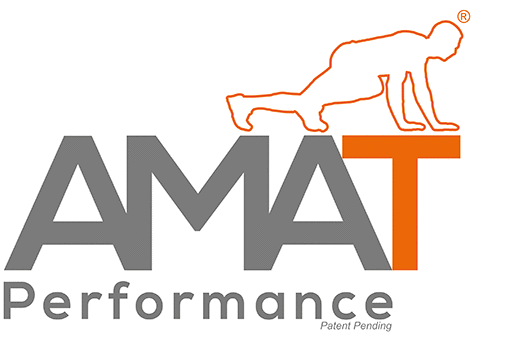AMAT Research Blog 1
AMAT RESEARCH BLOG 1: INTRODUCTION TO THE BLOG
Welcome to our new research blog! In a series of fortnightly posts, we’ll be using this forum to bring you the latest research and news from AMAT Performance. This blog will include regular updates on our ongoing research with the Athletic Movement Analysis Tool (AMAT), as well as discussions on the concepts underpinning the AMAT and its applications in athletic development.
What is the AMAT and where did it come from?
The AMAT is a unique motion tracking technology system developed to improve movement quality in athletes through testing, analysis and training. Our system uses 3D motion tracking to assess both performance and movement quality in a range of tests. The AMAT concept and development has been in progress for over half a decade.
As a company we have provided sports science support to 46 out of the 92 professional football clubs in the UK. After collating experiences from the field, we were keen to develop a method of movement analysis which was objective, accurate, fast and portable. Our vision is to provide a practical solution for monitoring, evaluating and prescribing training designed to improve neuromuscular control, strength and power. Take a look here to see how the AMAT works: https://system.amatperformance.com/how-amat-works/
Why is research important to the AMAT?
Establishing the measurement properties of any technology or equipment is important for ensuring accurate and trustworthy data for end users. Two properties that we consider fundamental to the AMAT are reliability—the extent to which consistent results are produced—and validity—how well does it measure what it claims to measure. Assessing the validity and reliability of athletic performance and movement quality is no straightforward task, however, because these are complex constructs that are not directly measurable. This is why we feel research is fundamental to the system.
Our research team are working hard to ensure we provide objective data to understanding how well the AMAT matches up to industry standards and expectations. We want to give practitioners, clinicians and researchers confidence in using the AMAT system to assess physical performance and movement quality. Our recently developed research framework has identified key areas for which we wish to develop a base of evidence to support the AMAT.
What’s in store for the AMAT: the research framework?
Phase one of our research plan involves assessing the accuracy of the system. Here, we’ll look to put its validity and reliability to the test under highly controlled conditions in the lab. Up next in phase two, we’re aiming to develop evidence-based guidelines for using the system. This will include recommendations on the number of trials that need to be performed for each test, and establishing targets based on meaningful improvements, to name a couple.
In phase three, we want to assess the effectiveness and efficiency of the AMAT in aiding youth athlete development. Using both quantitative (e.g. randomised controlled trials) and qualitative methods (e.g. Delphi method), the research in this phase aims to evaluate and refine our training recommendations for physical performance and movement quality. We also believe in the holistic development of young athletes, including their knowledge of anatomy and training principles. That’s why we’ll also be assessing the educational capabilities of our mobile application, which provides educational content on these topics as part of the feedback strategy.
Of course, the works mentioned above are not an exhaustive list. Rather, these are our primary research for the immediate future. We have several other project with various collaborators in store. Keep an eye pealed for updates on these in future blog posts!
